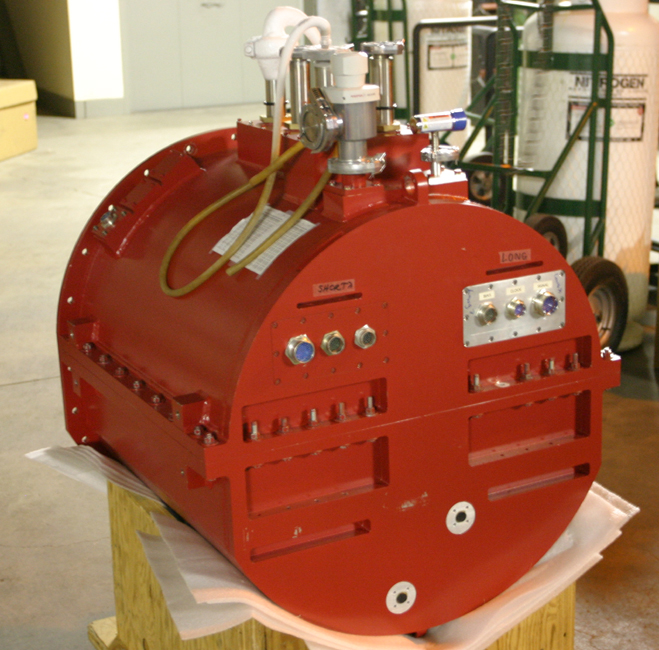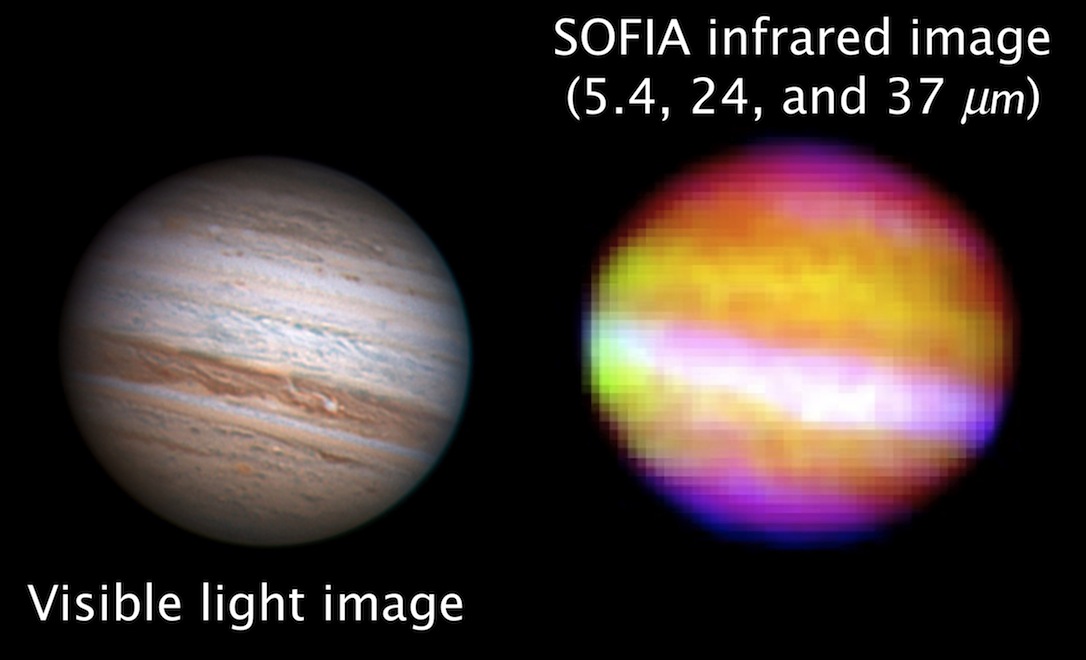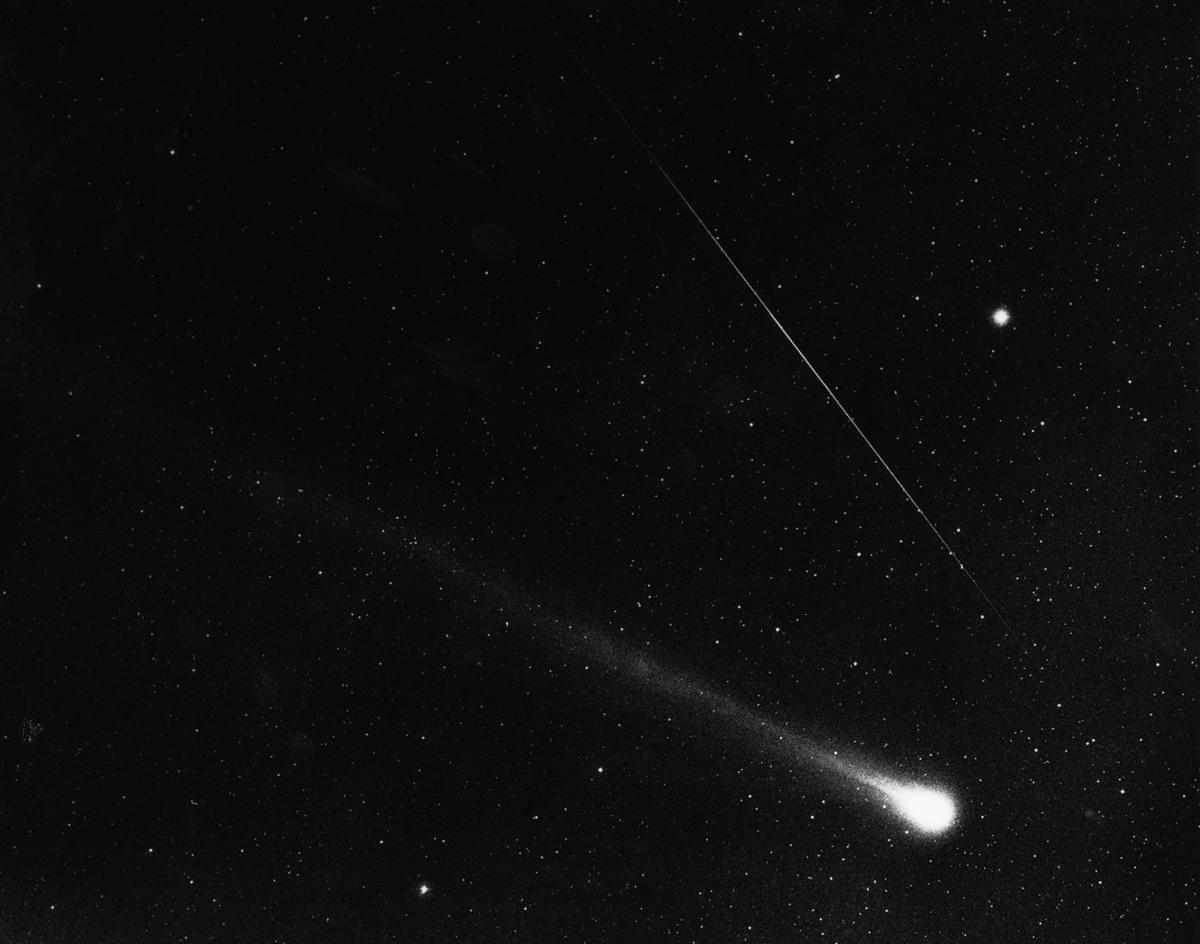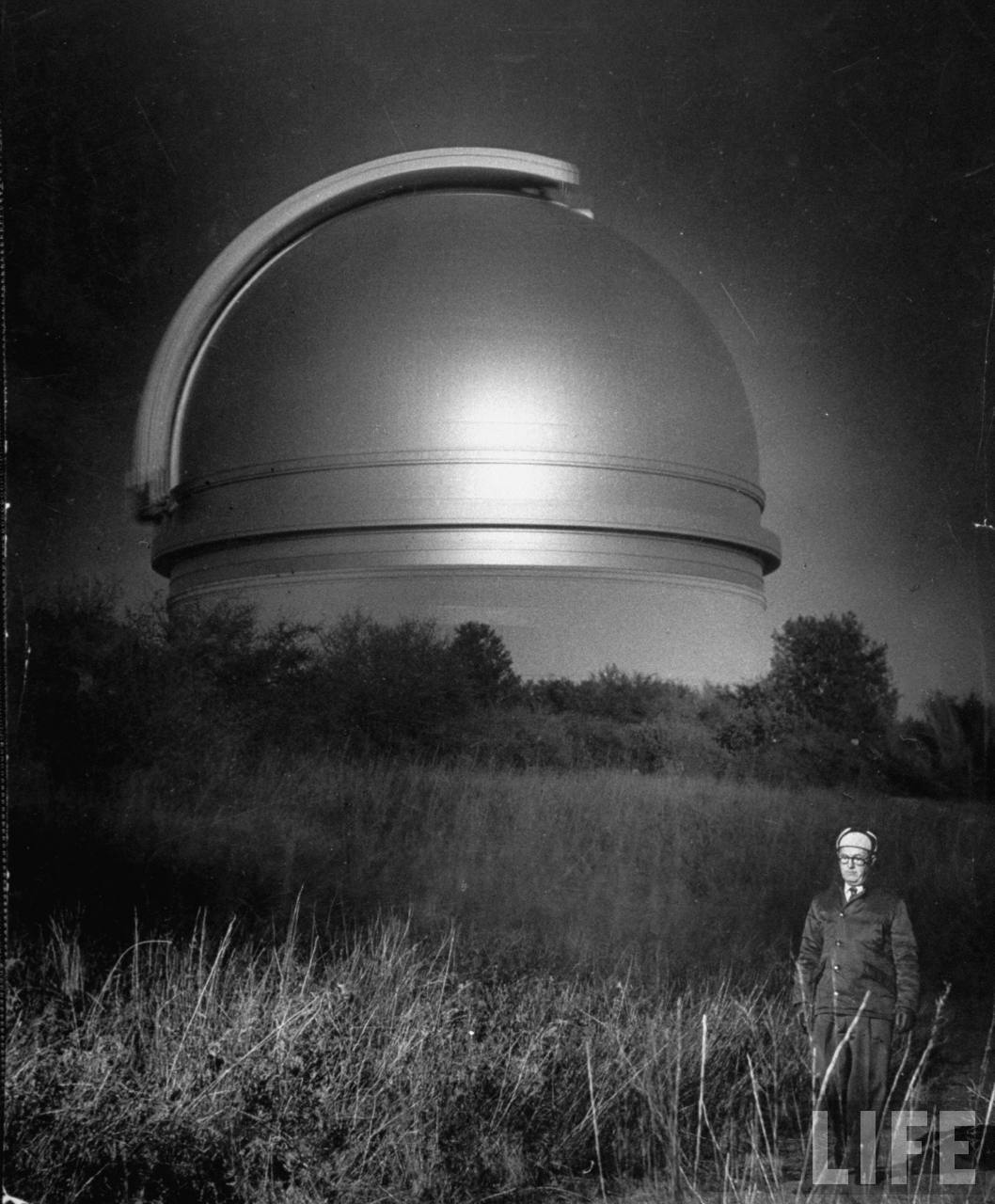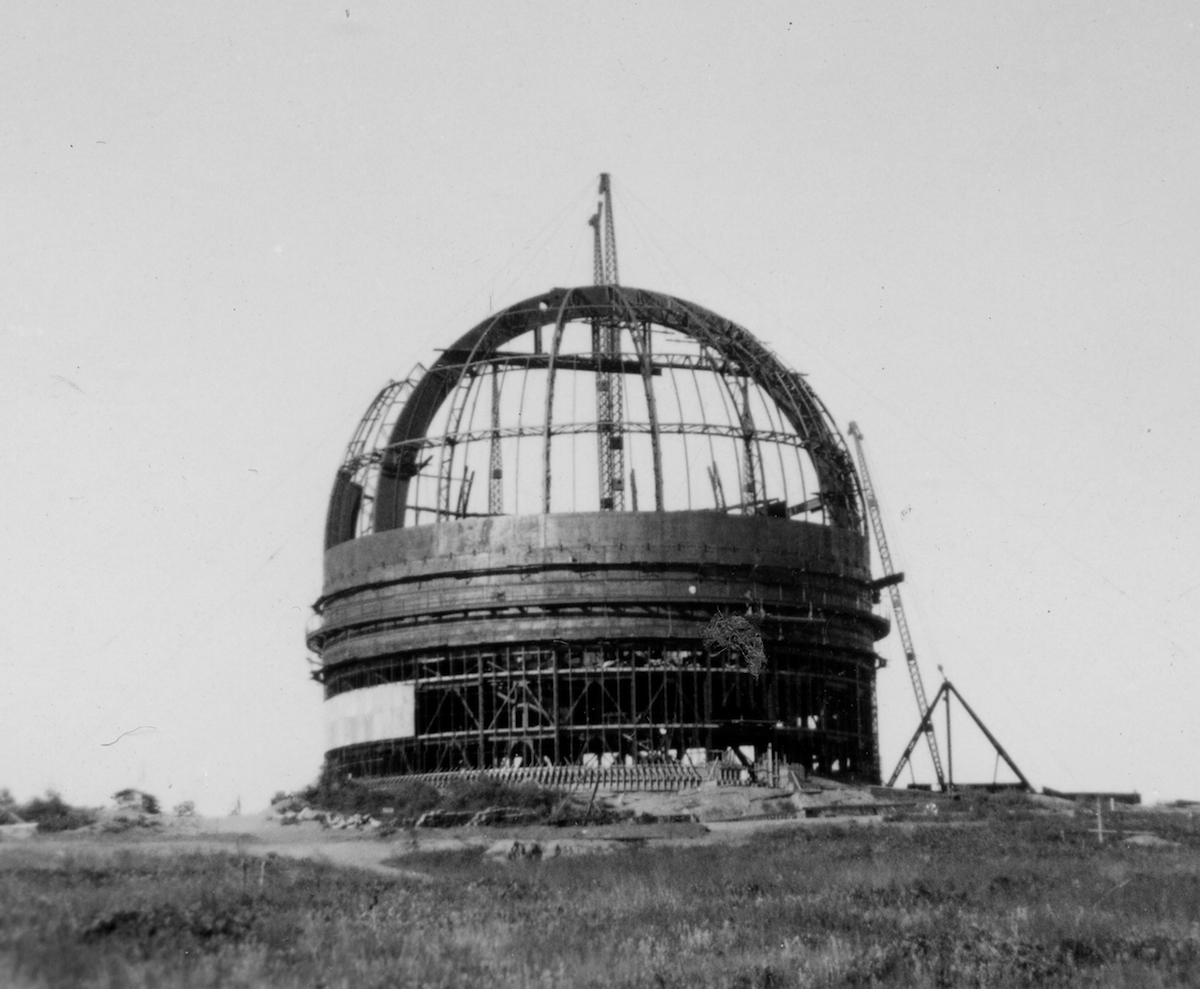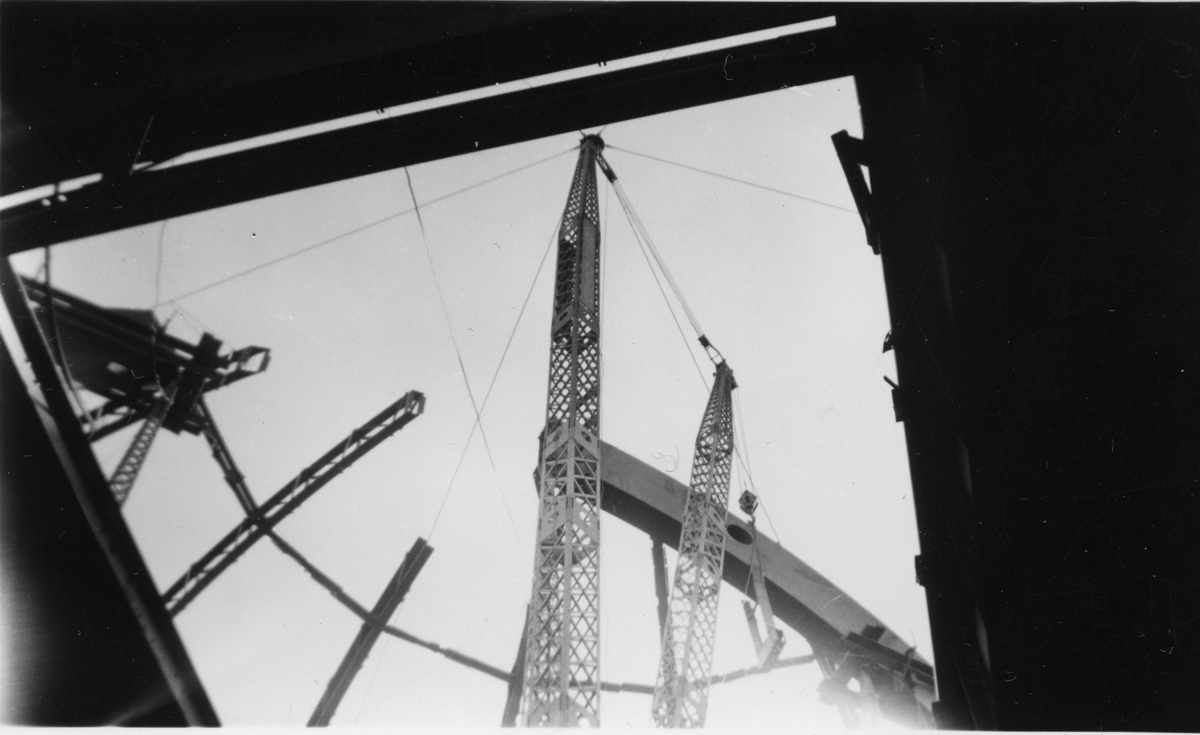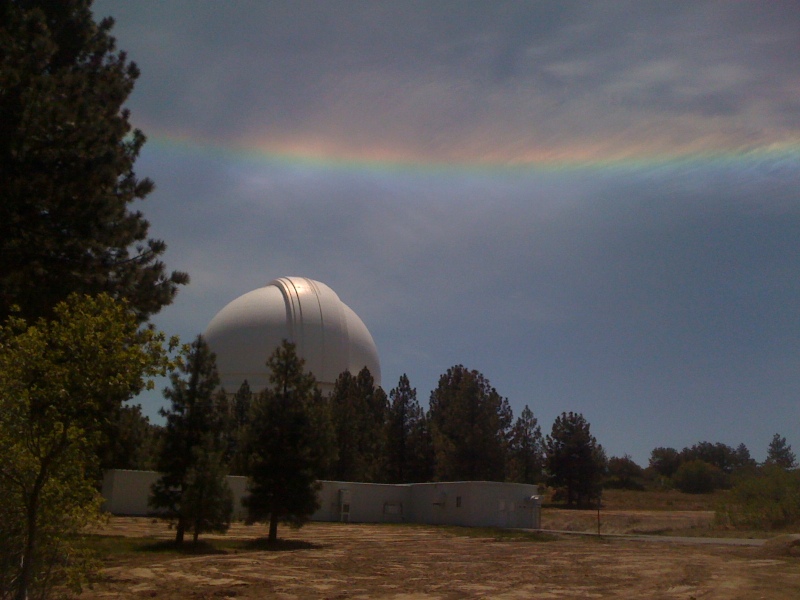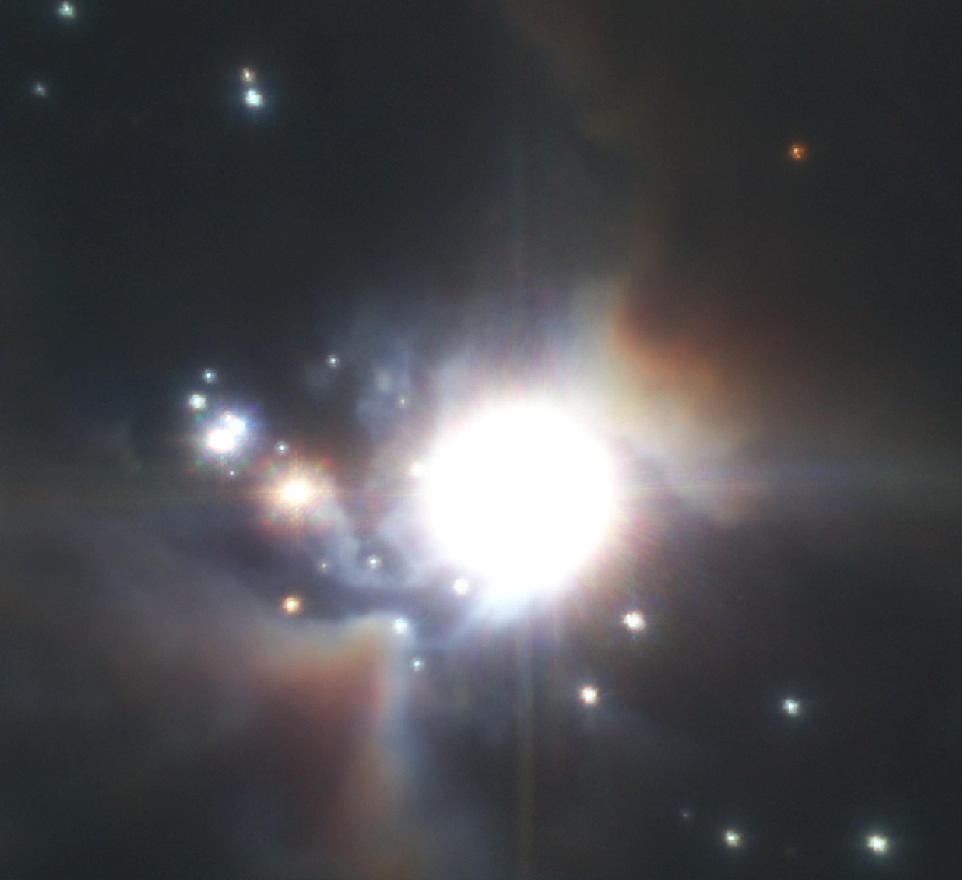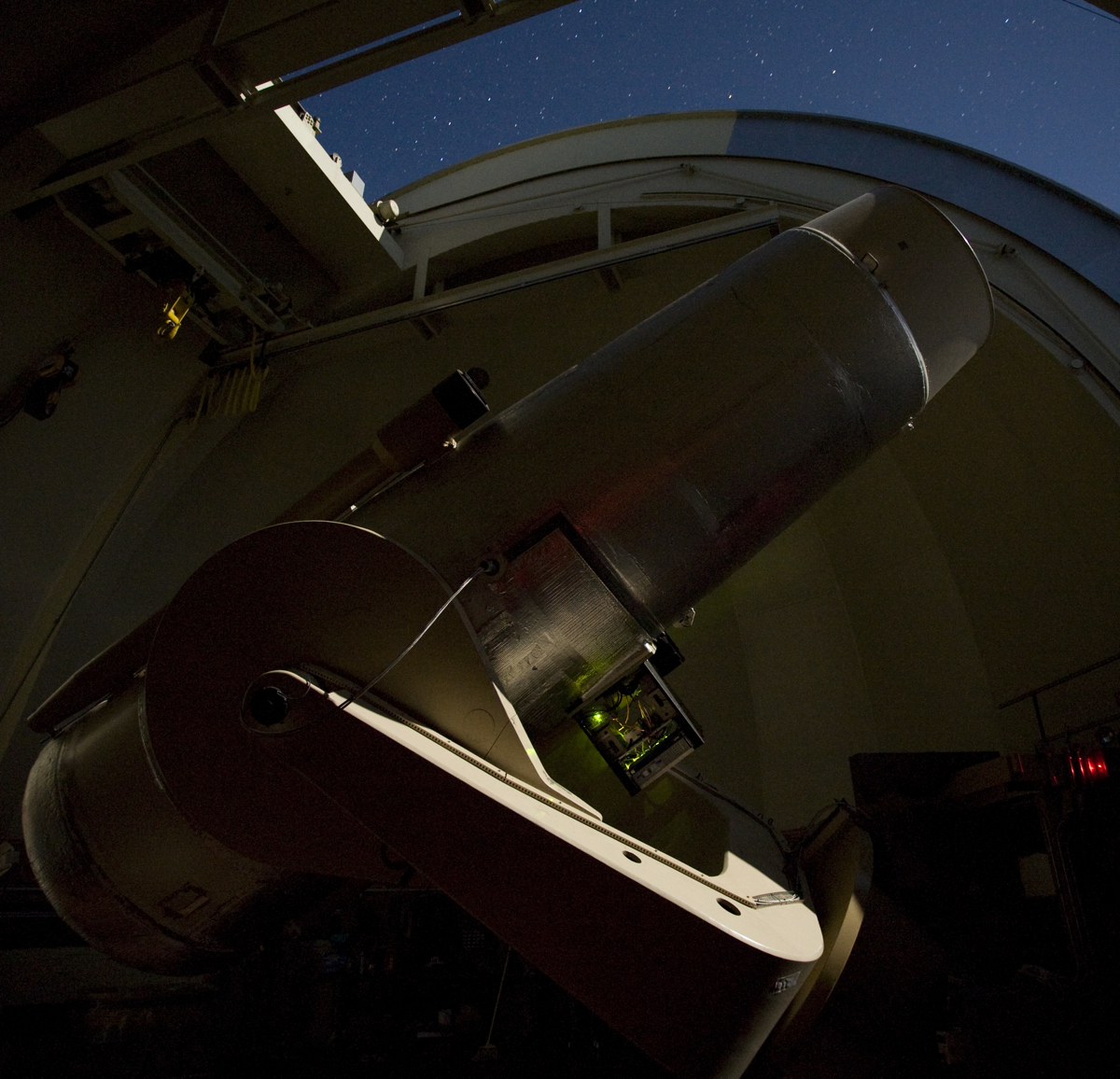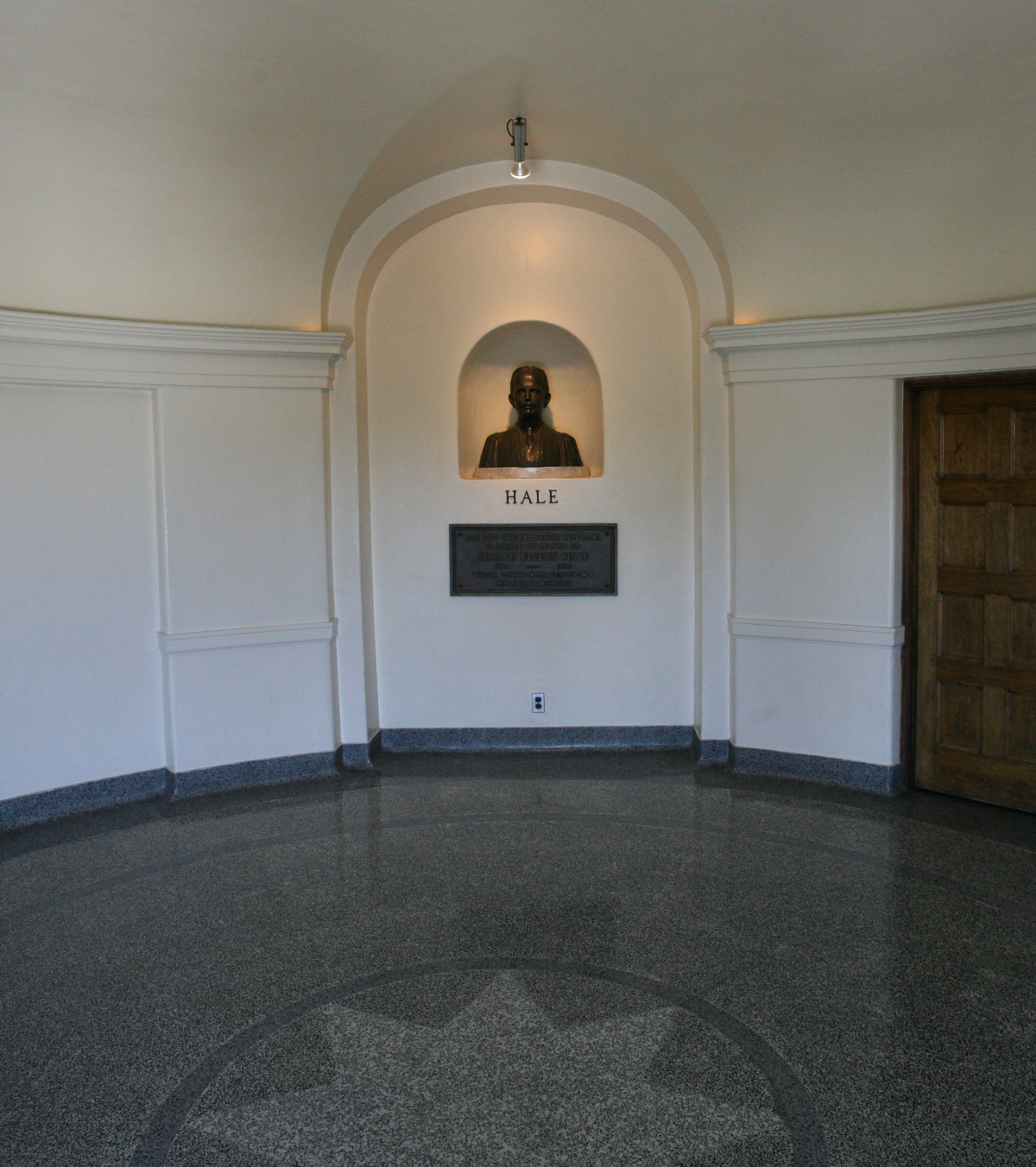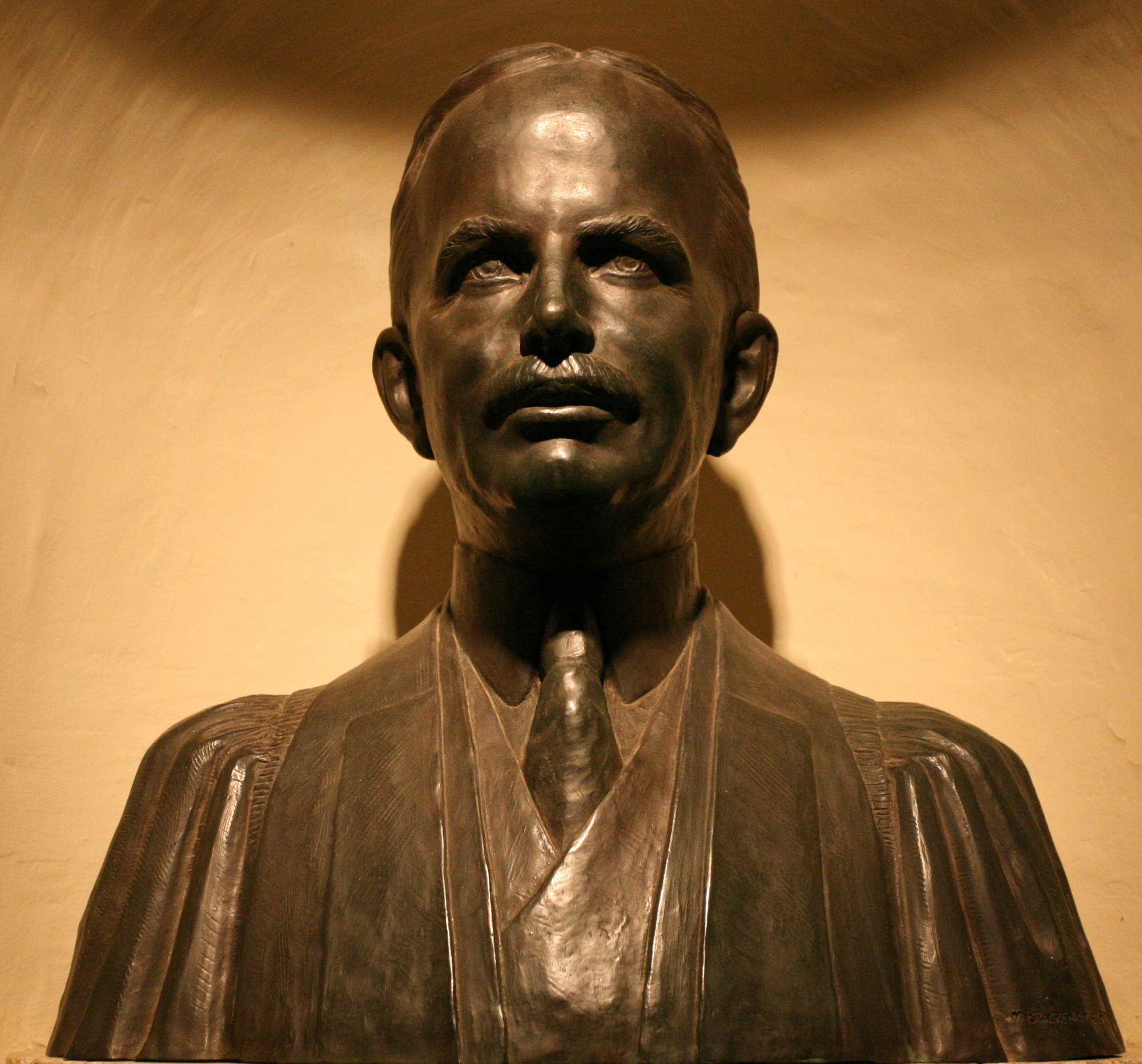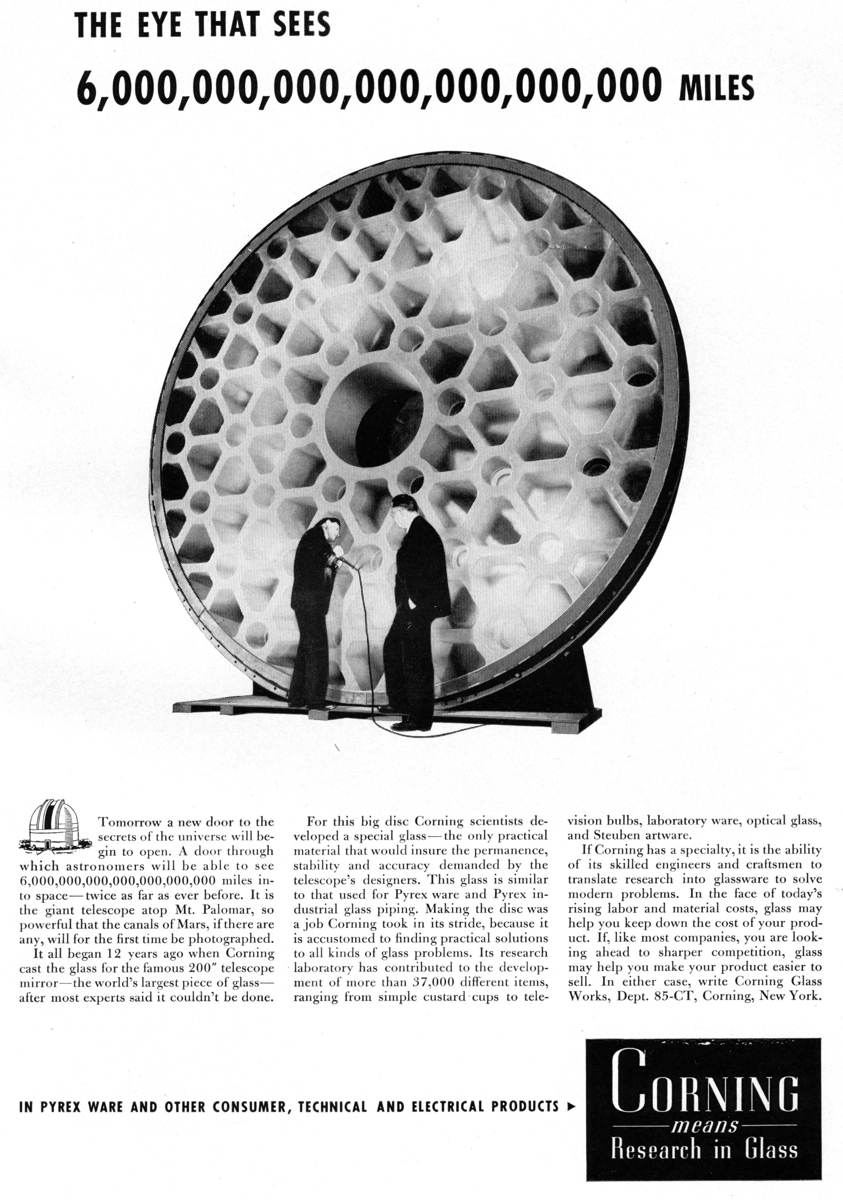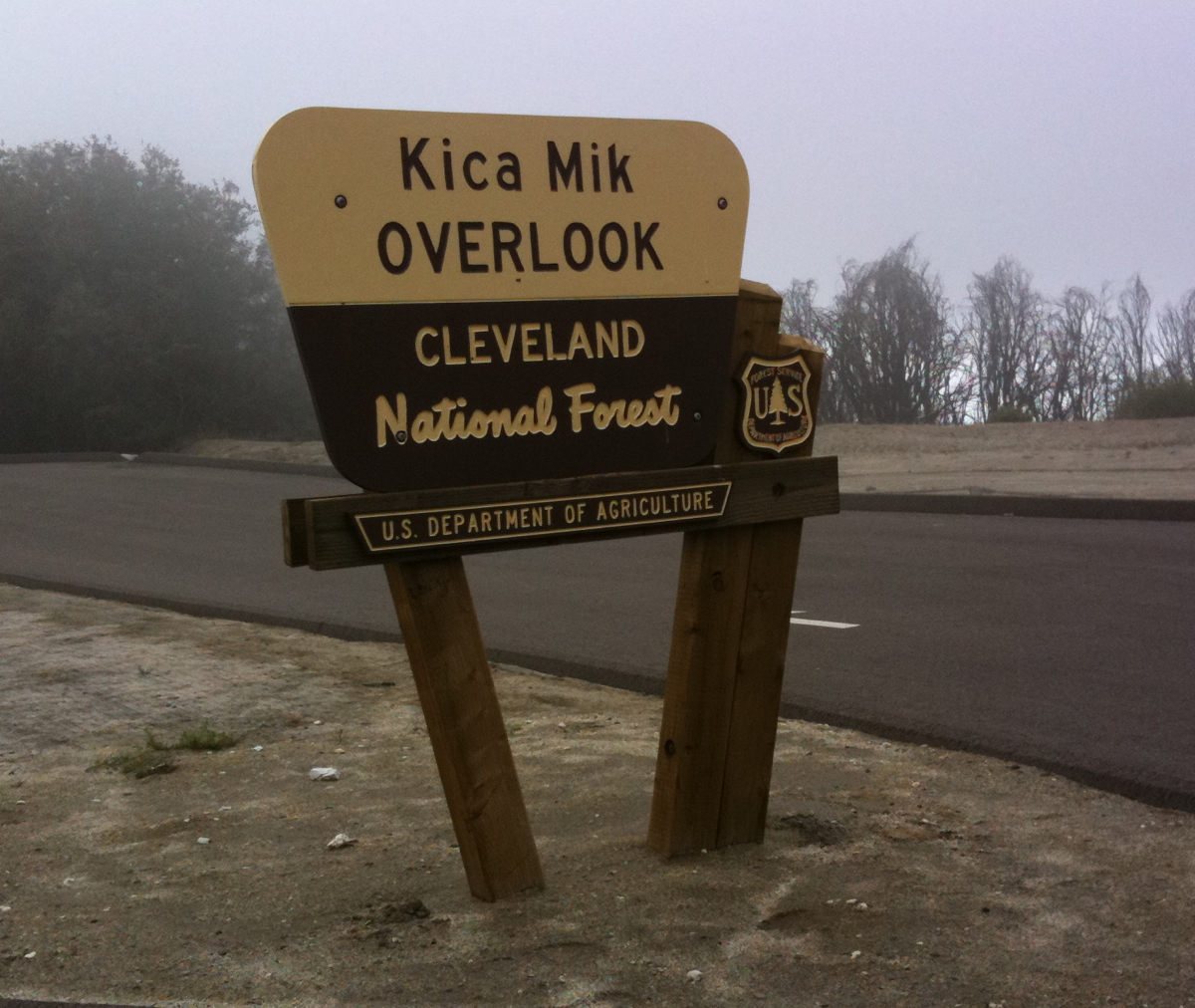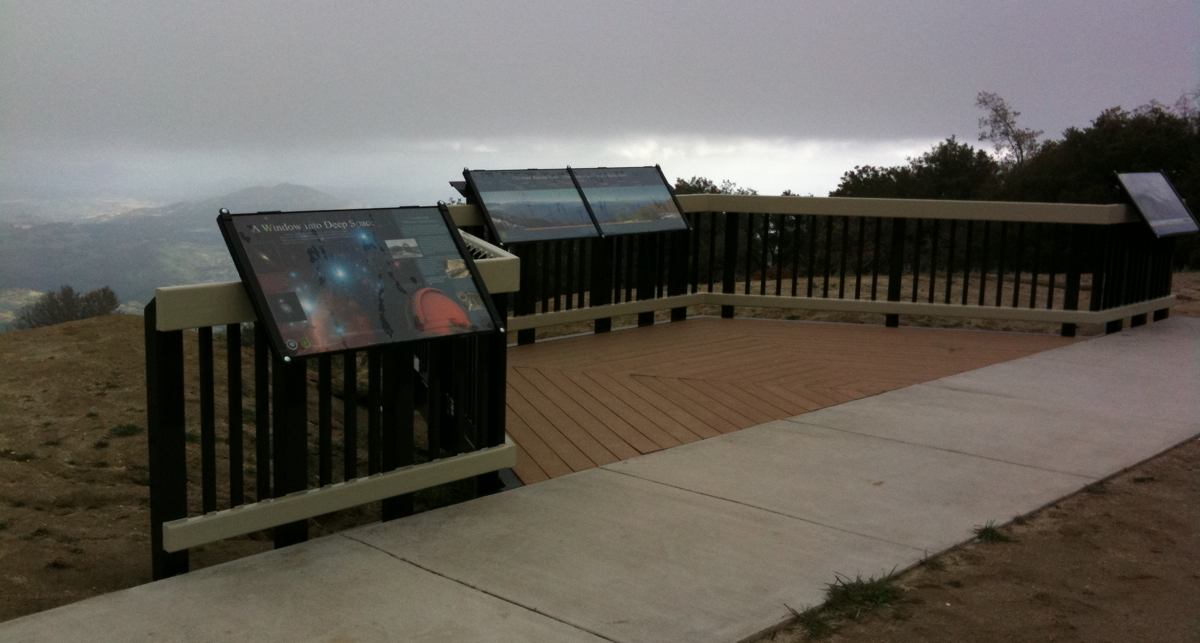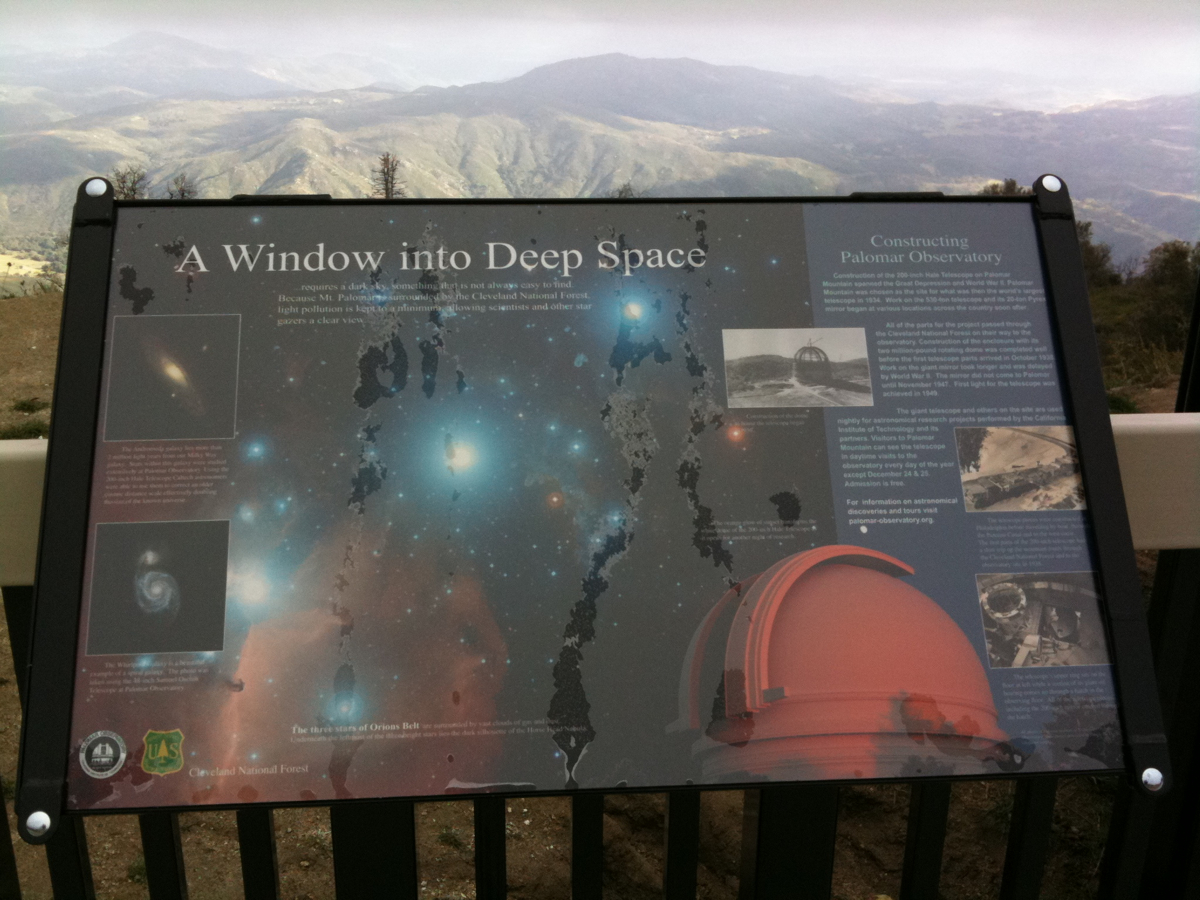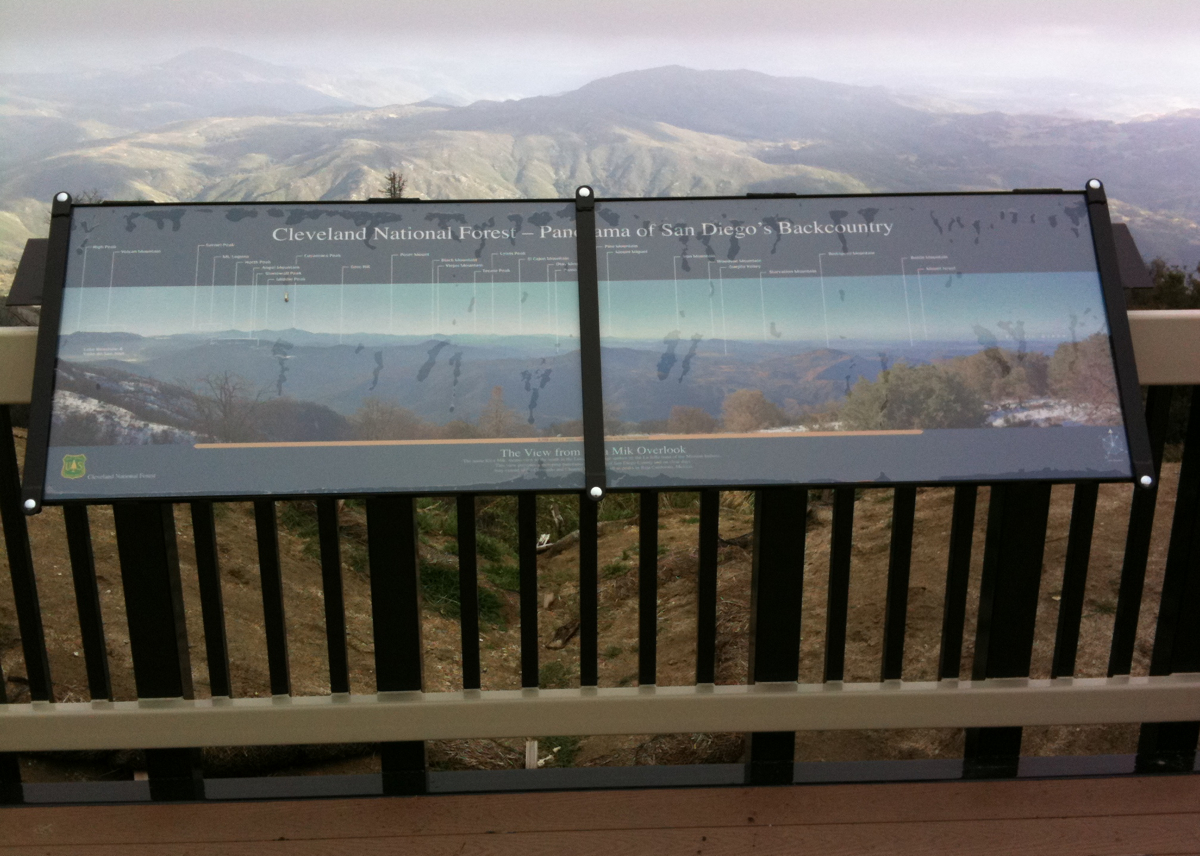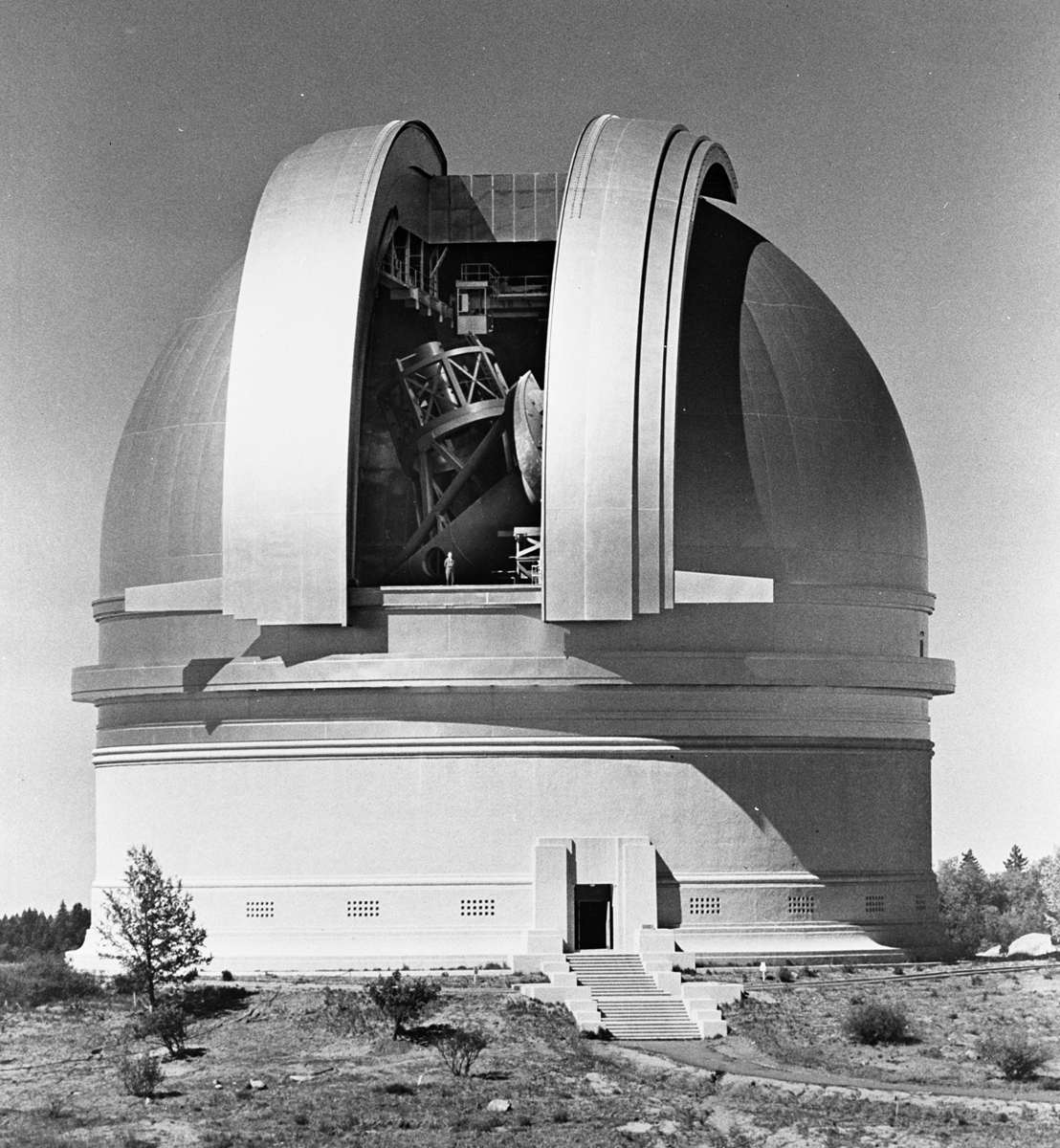Palomar Mountain was eventually chosen as the site for the observatory and as plans were still being finalized for the big telescope a new concept was discovered. This new design, the Schmidt camera, was a wide-field telescope gave crisp star images all the way to the edge of the field of view. The design was not implemented for the big telescope, but it was for Palomar's first telescope - the 18-inch Schmidt.
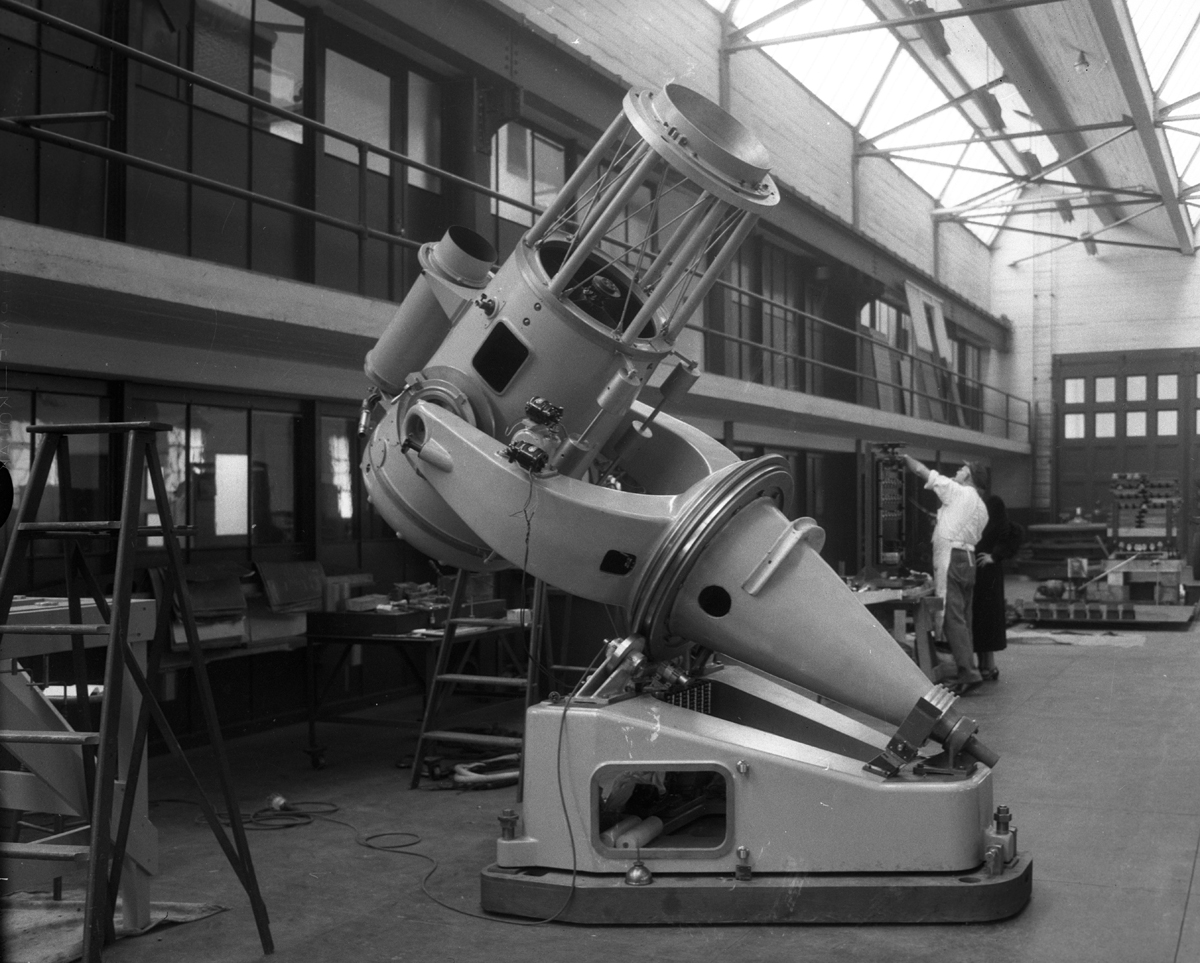 Here is the almost-completed 18-inch Schmidt telescope in the shops at Caltech on April 16, 1936. The telescope saw first light a few months later on September 5 as Fritz Zwicky began his surveys for supernovae. Across the years this telescope was used by many astronomers to discover asteroids, comets supernovae, galaxies, galaxy clusters and more.
Here is the almost-completed 18-inch Schmidt telescope in the shops at Caltech on April 16, 1936. The telescope saw first light a few months later on September 5 as Fritz Zwicky began his surveys for supernovae. Across the years this telescope was used by many astronomers to discover asteroids, comets supernovae, galaxies, galaxy clusters and more.The 18-inch Schmidt is now retired, but it proved to be very successful. So much so that a larger version was built, the 48-inch Schmidt. Now called the Samuel Oschin Telescope, the 48" is still used nightly and is the backbone to the Palomar Transient Factory survey that is discovering supernovae in record numbers.
